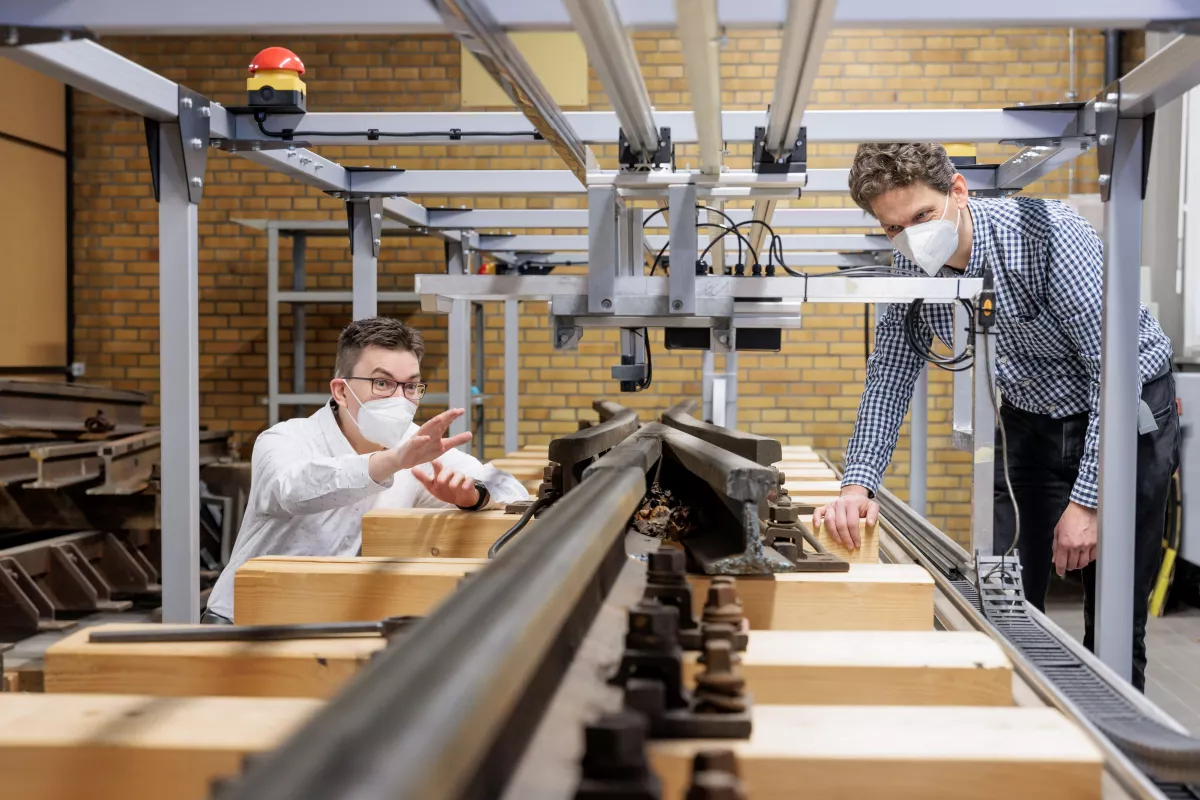If you want to maximize the number of trains that can operate along one rail line simultaneously, it's crucial that you know the exact location of each train at all times. A new system is designed to help in that regard, by analyzing the magnetic properties of the rails.
Created by scientists from Germany's Karlsruhe Institute of Technology and ITK Engineering, the setup incorporates what is known as the Magnetic Railway Onboard Sensor (MAROS).
The sensor is mounted on the undercarriage of the locomotive. From that location, it continuously monitors the electromagnetic field produced by the ferromagnetic materials contained in the rails, and in the materials used to repair those rails.
Variations in the properties of that field are distinct to each section of track. Therefore, if a rail line is initially scanned to record the electromagnetic "fingerprint" of each section, it's subsequently possible to ascertain where a train is, based on the fingerprint of the section it's currently passing over.
While alternatives do of course exist, the researchers claim that they're limited in ways that MAROS is not. Cameras, for instance, may not spot trains in dark, snowy or foggy conditions. GPS, on the other hand, is thwarted by tunnels and deep mountain valleys, plus it can't differentiate between multiple sections of track located side-by-side. There are also electronic "balise" beacons that are placed between rails – while these are reliable, they can also be expensive.
"Precise localization is required for railway operation and can be achieved with MAROS," said Karlsruhe's Dr. Martin Lauer . "Localization is more exact than ever, cheaper than other technologies, and can be used on all steel rails worldwide. Extensive use of MAROS would increase the utilization of railway networks by 35 percent."
MAROS has already been successfully tested on multiple rail lines near Vienna. It is hoped that the system will be commercially available by early 2025.




